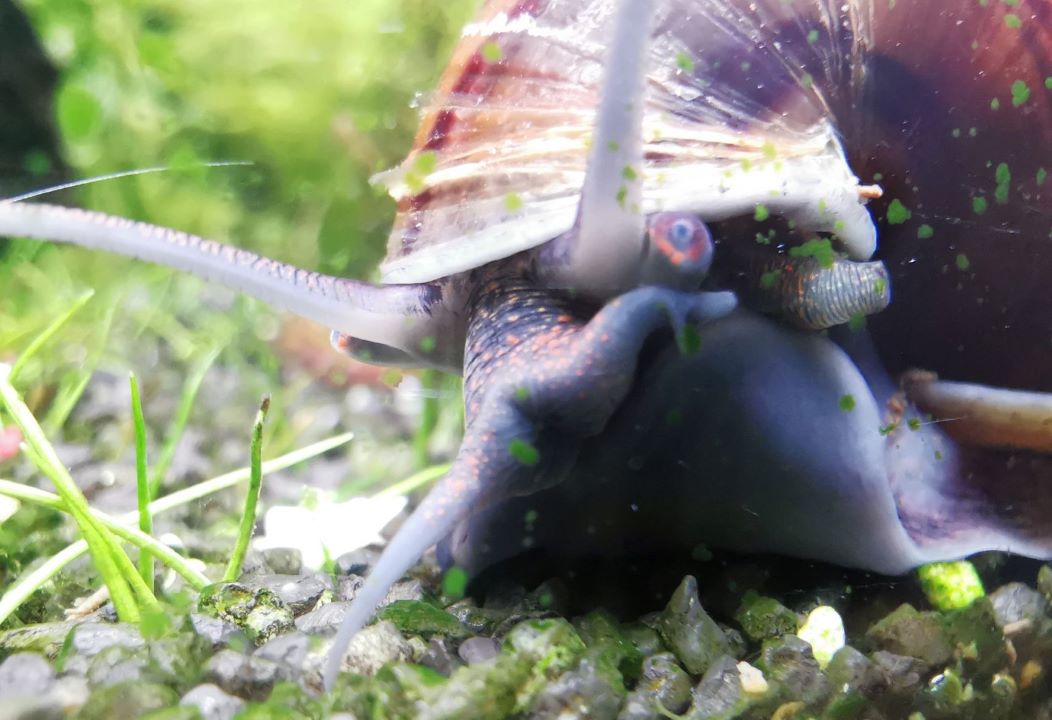Man and nature itself are responsible for the occurrence of invasive species in new habitats. The man began to spread them mainly thanks to the pet trade. Hurricanes are so powerful that they carry animals hundreds of miles from their original occurrence.

The freshwater apple snail was first introduced to the USA by enthusiastic aquarists as a pet. To this day, it’s considered a beautiful inhabitant of freshwater tanks. However, no one solved the escape of animals into the wild. Some people intentionally release animals because they no longer want to take care of them.
Hurricanes Are Spreading Invasive Species
Researchers began monitoring the spread of invasive hurricane species only 3 years ago. According to the U.S. Geological Survey, this summer, Hurricane Isaias helped spread at least 114 invasive species from South America to the Caribbean and the eastern United States.

“We’ve seen them spread like this in many hurricanes on the Gulf Coast and in Florida,” said Wesley Daniel, a fisheries biologist at the USGS Wetland and Aquatic Research Center in Florida.
Invasive Species Impacts
An invasive species is a non-native species that spreads uncontrollably here, aggressively displacing native species. In particularly dangerous invasions, a species may begin to spread so uncontrollably that it disrupts entire communities or ecosystems, leading to extensive ecological damage and the suppression or destruction of many native species.

The spread of invasive species can also have economic, social, or health impacts. Freshwater mollusks destroy aquatic crops, including rice. Although apple snails are living creatures who have the right to life just like others, they are not welcome in the new environment.
Source: https://www.nationalgeographic.com/animals/2020/10/intensifying-hurricanes-spreading-invasive-species-across-the-us/
Credit: Loris Antosova, Jakub Sauer, Jolana Olivova




